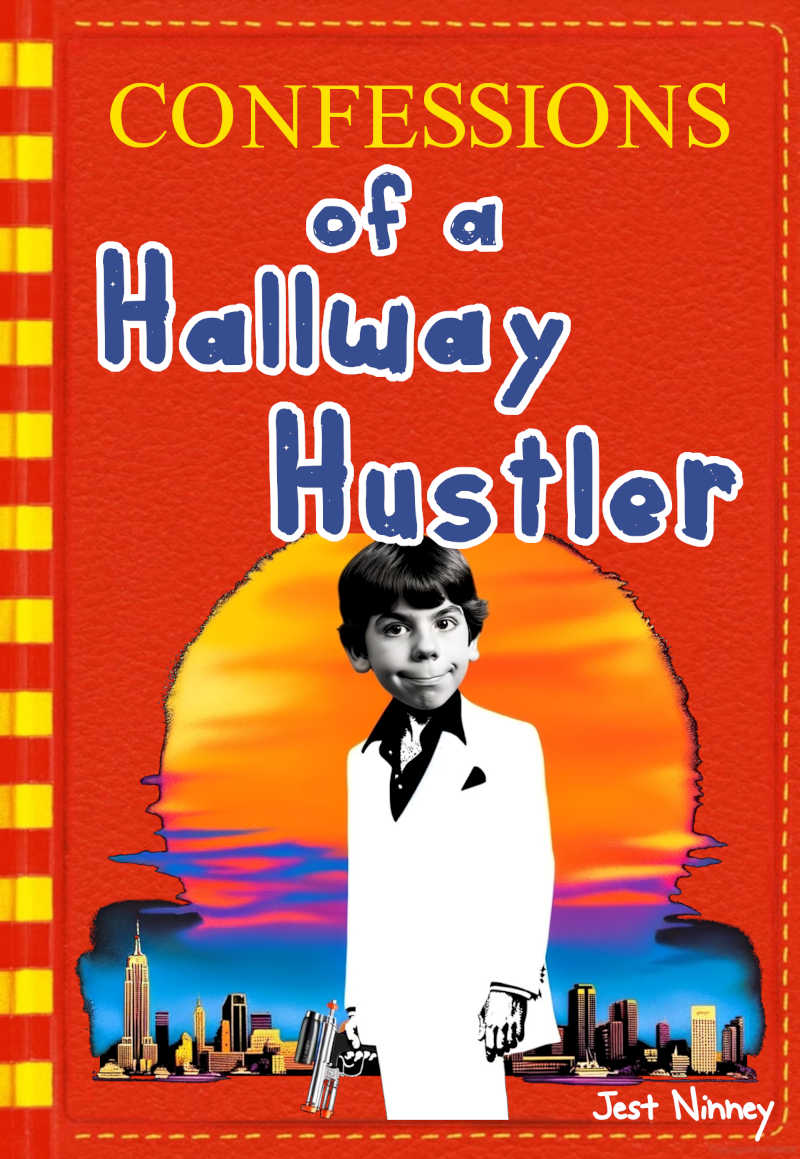1. Satire
Difference
While both parody and satire aim to critique or mock their subjects, satire is broader and can be more serious in tone. Satire doesn’t necessarily have to mimic the form of the subject it’s critiquing, whereas parody does.
Examples
- “Animal Farm” by George Orwell is a satire that critiques totalitarian regimes without directly mimicking any specific work.
- “The Daily Show” uses satirical commentary to critique current events and political figures.
2. Spoof
Difference
A spoof is a form of parody that exaggerates the traits of the original work for comedic effect but doesn’t necessarily aim to critique or make a statement about the original work.
Examples
- “Scary Movie” is a spoof of the horror genre, exaggerating its tropes for laughs.
- “Austin Powers” spoofs the spy genre, particularly James Bond films, without necessarily critiquing them.
3. Lampoon
Difference
A lampoon is a sharp, often virulent satire directed against an individual or institution. It’s a form of parody but is specifically aimed at mockery and criticism, often in a crude or exaggerated manner.
Examples
- “National Lampoon’s Vacation” lampoons the American family vacation, portraying it as a series of disasters.
- Political cartoons often lampoon politicians by exaggerating their features and flaws.
4. Caricature
Difference
Caricature exaggerates certain characteristics of the subject for comic effect but usually in visual form. While it’s a type of parody, it’s often less concerned with critiquing the subject and more focused on humor.
Examples
- Political caricatures exaggerate features of politicians for comedic effect.
- Celebrity caricatures in magazines or on shows like “Saturday Night Live.”
5. Burlesque
Difference
Burlesque is a form of parody that either elevates something trivial by treating it in a sophisticated manner or trivializes something significant by treating it in a frivolous manner. It’s a special case of parody that plays with the style and form of the original work.
Examples
- “The Rape of the Lock” by Alexander Pope is a burlesque that treats a minor incident with the gravity of an epic poem.
- Some skits in “Monty Python’s Flying Circus” use burlesque to make serious subjects appear ridiculous.
6. Pastiche
Difference
Pastiche is a work that imitates the style of another work, artist, or genre but usually as a form of tribute rather than mockery or critique, making it a softer form of parody.
Examples
- “The Artist” is a pastiche of silent films, serving as a tribute to the era.
- “Stranger Things” is a pastiche of ’80s sci-fi and horror genres, celebrating rather than critiquing them.
7. Mockumentary
Difference
A mockumentary is a type of parody presented as a documentary recording but with fictional, often humorous, content. It mimics the style and structure of documentary films to tell a fictional story.
Examples
- “This Is Spinal Tap” is a mockumentary that parodies rock documentaries.
- “The Office” uses a mockumentary format to parody office life.
8. Farce
Difference
Farce is a type of comedy that uses absurd and highly improbable events in the plot. While it can be considered a form of parody, it’s often broader and less focused on critiquing a specific work or genre.
Examples
- “Home Alone” can be considered a farce with its exaggerated traps and improbable events.
- “The Three Stooges” often engaged in farcical humor, with exaggerated physical comedy and improbable situations.
Each of these terms shares some similarities with parody but has its own unique characteristics that set it apart. Understanding these nuances can provide a richer understanding of comedic and critical works.

